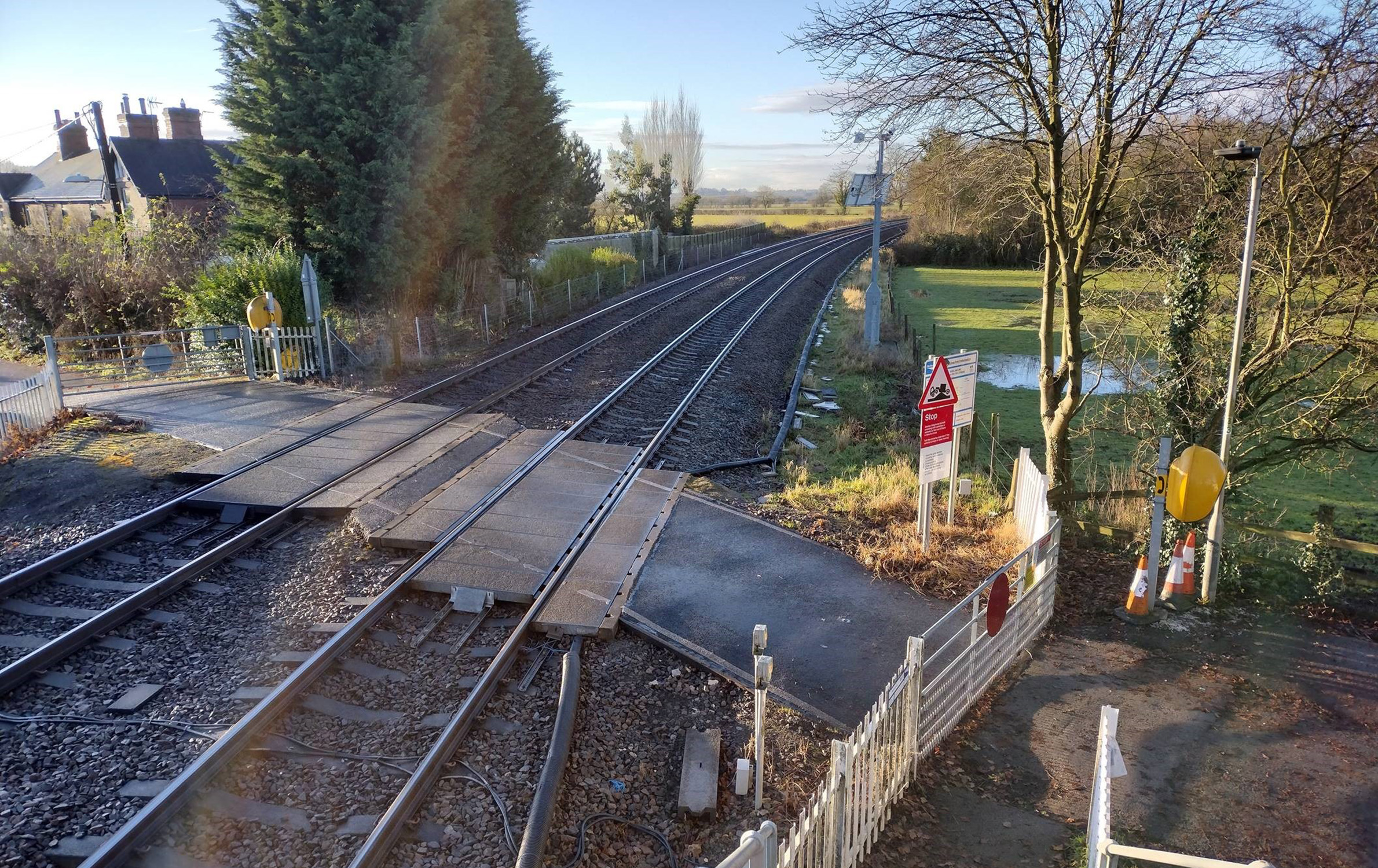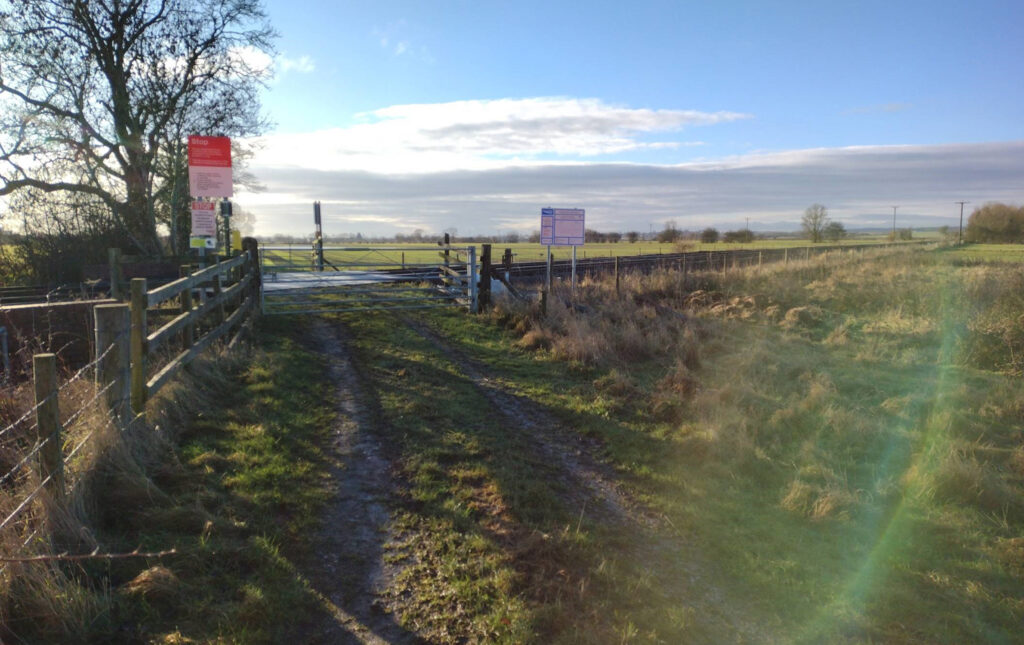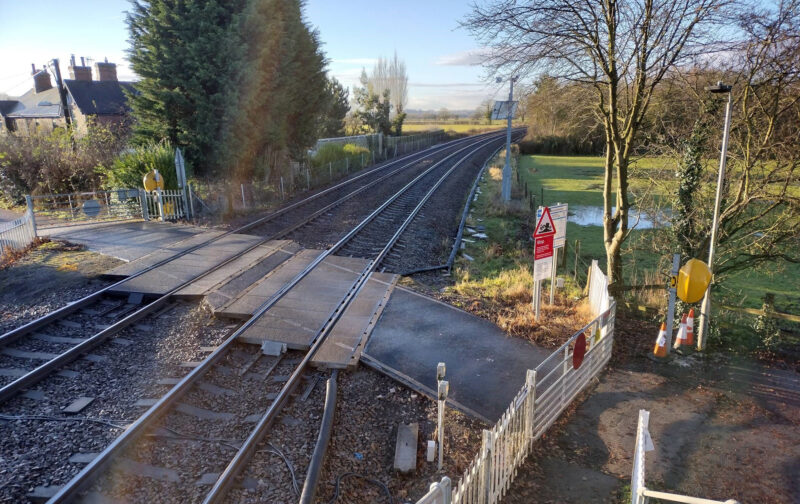IMPROVING Transpennine JOURNEY TIMES
The Transpennine Route Upgrade (TRU) is a programme of several individual interventions to improve journey times between Manchester Victoria, Leeds and York. It consists of approximately 57 miles of railway.
The improvements to the railway are to be measured against a set of key project objectives:
- Journey Time Improvements
- Electrification
- ITSS Commitment/Capacity
- Operational Performance (Reliability of the Timetable)
- Improve Safety
- Improve Security
The level crossings work stream also included the level crossings from Micklefield to Selby and was run as a separate parallel project. It therefore needed a dedicated Stage Gate closeout. The existing 37 level crossings were assessed against the known Project factors that could have an impact on each crossings operation and safety; namely the increased line speed, increased number of trains due to the ITSS and the potential for overhead electrification.

Transpennine LEVEL CROSSINGS UPGRADES
The SYSTRA dedicated level crossing design team initially reviewed the site specific design information that had been collated by the Project team. This information was used to inform the potential design options i.e. crossing closure (including replacement assets required such as overbridges, footbridges or diversions etc) and possible upgraded level crossing protection solutions.
The design information provided included:
- Suitable and sufficient Level Crossing Risk Assessments for all crossings taking into account the proposed line speed increase, capacity increase (as per ITSS) and electrification.
- Census of Train, Vehicle and Pedestrian Users at every level crossing.
- Origin/Destination (O&D) surveys undertaken at key level crossings.
- Diversity Impact Assessments (DIA) commenced on all public level crossings.


Feasibility drawings and reports were produced to capture the options in line with the recommendations outlined in the Level Crossing Risk Assessments; these recommendations themselves were also revisited given the procurement of the supporting data i.e. census and O&D surveys and additional design options identified if required. The investigations included basic assessment of cost of closure against cost of risk mitigation. Where a crossing could not be closed, an enhancement option was recommended to ensure the key project requirements could be delivered.
Where appropriate, these deliverables have been presented by the Project as options during consultation with Local Authorities e.g. Rights of Way, Highways, Planning departments etc.
The SYSTRA Team worked collaboratively with the Project to achieve their objectives and to assist in the route wide development of the level crossing options for TRU. The GRIP Stage 3 ‘TRU Level Crossings’ Stage Gate was successfully passed in line with the agreed Project programme.
Find out more about Level Crossings Engineering & Design

“Well done everyone concerned, great effort and another success notched up for the Alliance.”
Ken Andrews
Services, Planning & Controls Lead

 Australia
Australia  Brazil
Brazil  Canada
Canada  Chile
Chile  China
China  Columbia
Columbia  Denmark
Denmark  France
France  India
India  Indonesia
Indonesia  Ireland
Ireland  Italy
Italy  Malaysia
Malaysia  New Zealand
New Zealand  Norway
Norway  Panama
Panama  Peru
Peru  Poland
Poland  Portugal
Portugal  Saudi Arabia
Saudi Arabia  Singapore
Singapore  South Korea
South Korea  Spain
Spain  Sweden
Sweden  Taiwan
Taiwan  Thailand
Thailand  Türkiye
Türkiye  United States
United States  Vietnam
Vietnam